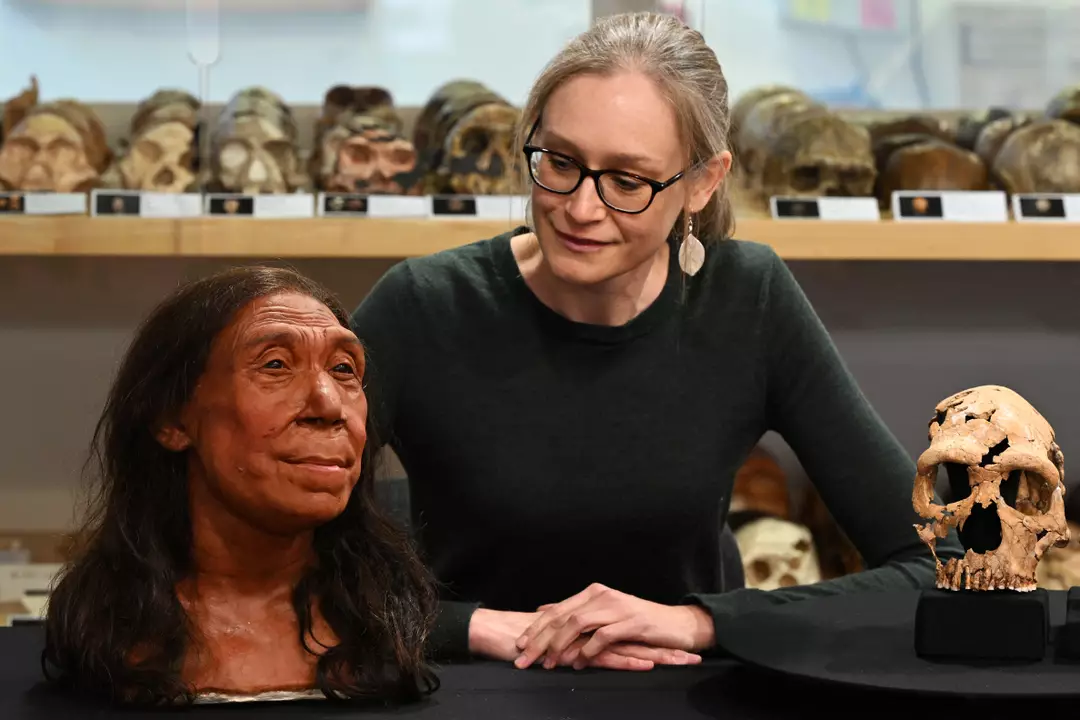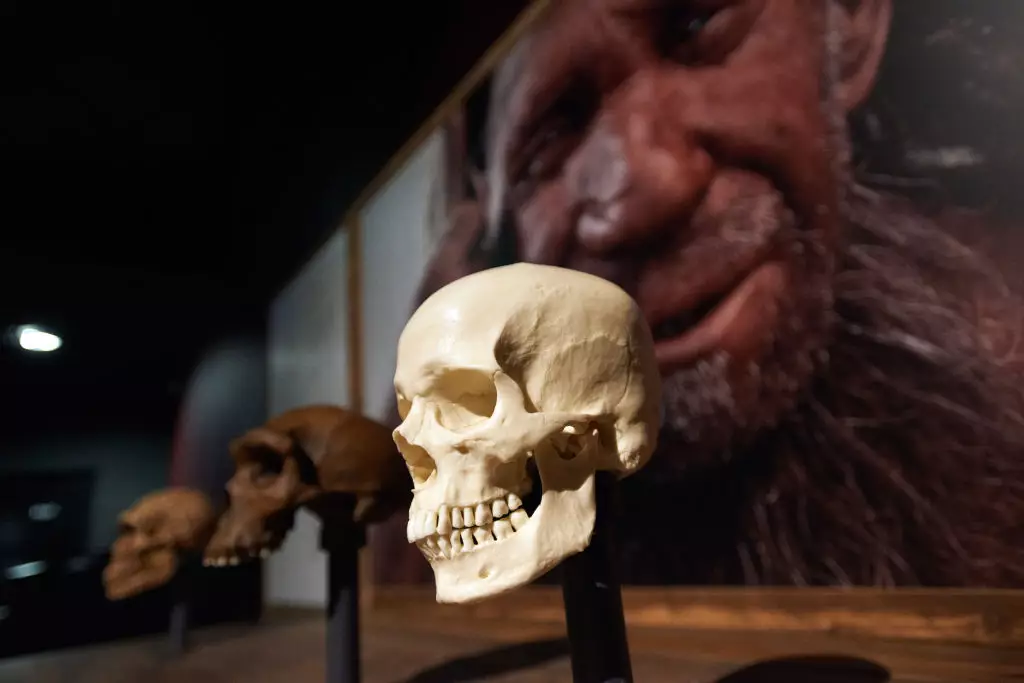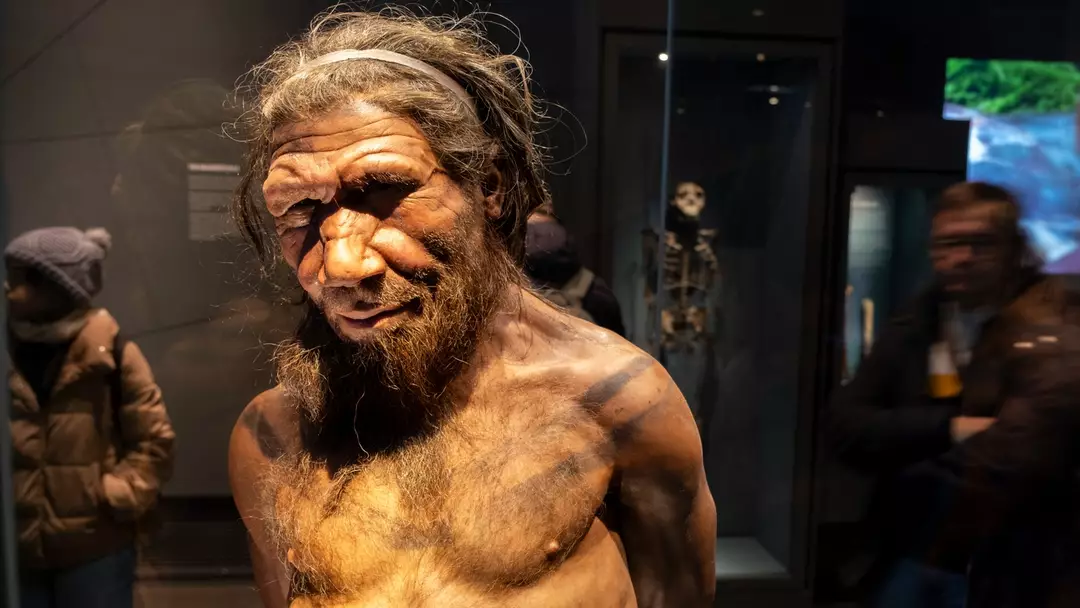A distinct species of humans, the Neanderthals, last roamed the Earth around 40,000 years ago, as archaeological evidence suggests their disappearance at that time.
Recent advancements in genetic analysis over the last 15 years provide a clearer picture of their fate, sparking speculation about their continued existence in some form.
Contrary to the notion that Neanderthals met a violent end at the hands of early Homo Sapiens, a new mathematical model supports the theory that Neanderthals have not entirely vanished but continue to exist as part of us.
Genetic analysis reveals that all non-African humans today carry between one and four percent Neanderthal DNA, indicating interbreeding between Homo Sapiens and Neanderthals before 40,000 BC.

For a long time, the prevailing belief among archaeologists and anthropologists was that Neanderthals disappeared due to warfare with Homo Sapiens, based on humanity’s historical tendency for conflict, especially since the advent of agriculture around 12,000 years ago.
Another hypothesis that has been reevaluated through genetic analysis is the timeline of Homo Sapiens’ migration out of Africa, previously thought to have occurred around 60,000 years ago.
Evidence from DNA and fossils suggests multiple migrations of Homo Sapiens into Eurasia as early as 200,000 BC, preceding the final, significant expansion.
Recently, a mathematical model published in the scientific journal Nature illustrates how interbreeding over thousands of years resulted in the integration of Neanderthals into Homo Sapiens, leading to their gradual disappearance.
Computational chemist Andrea Amadei from the University of Rome Tor Vergata, along with colleagues, suggests that their study offers a ‘robust explanation for the observed Neanderthal demise,’ approximately 40,000 years ago.

Due to the vast time gap, precise details about Neanderthal reproductive rates or other aspects of their life remain unknown. Researchers used hunter-gatherer reproduction data to estimate population replacement rates.
The results indicate that small Neanderthal groups experienced genetic blending with Homo Sapiens, who frequently interbred with Neanderthals. This mixing could have accelerated if Neanderthal genes favored adaptation to colder climates.
While the model provides insight into the gradual disappearance of Neanderthals through interbreeding, it doesn’t rule out other factors that might have impacted their populations 40,000 years ago.
Factors like climate change, increased competition for dwindling large prey, and limited genetic diversity from isolated communities likely played a role in their decline.
However, with up to four percent of their DNA still present in modern humans and evidence of shared cultural traits, the most plausible explanation is that Neanderthals never truly disappeared.

